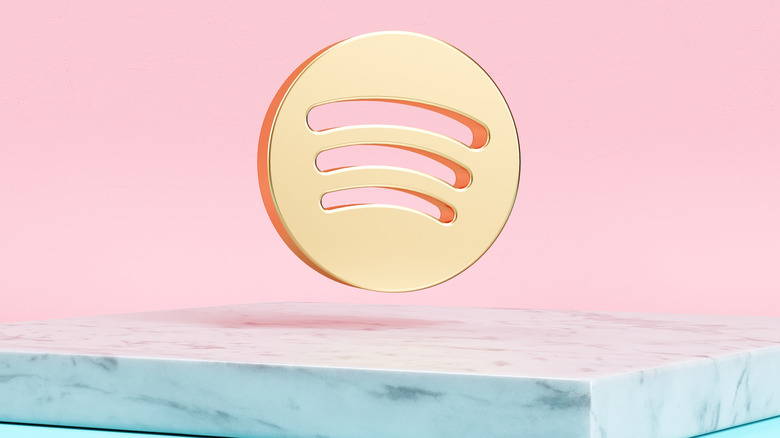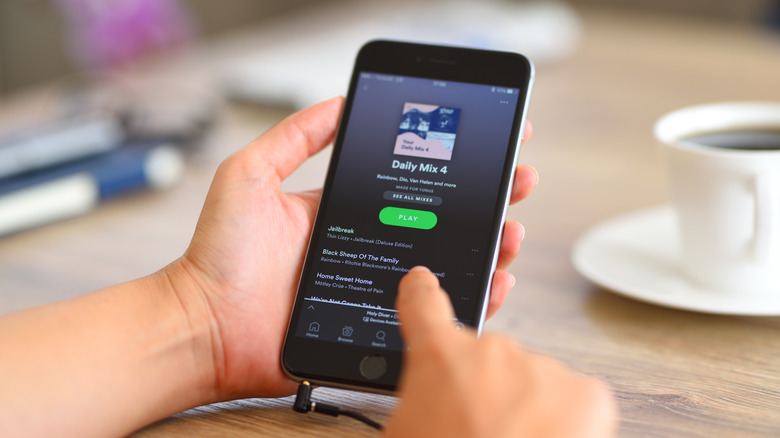
Maquette.pro/Shutterstock
When it comes to streaming music in particular, Spotify remains the one to beat. As of the end of 2023, the service boasted around 602 million active users — around 236 million of which were paying for Spotify Premium, the ad-free service tier. Last year, Spotify introduced audiobooks to its streaming library, another attractive reason to sign on, but in an effort to balance out the cost of this addition, it looks like Spotify is hiking plan prices.
According to a Bloomberg report, Spotify is planning on hiking the price of its premium subscription tier by $1 for individuals, and $2 for couple and family plans, by the end of April. This upcoming price hike will affect several of Spotify’s key markets, including the United Kingdom, Australia, Pakistan, and more. A separate price hike of an as-of-yet unspecified rate will be enacted in the United States some time later this year.
In addition to the general increase of the Premium subscription tier, Spotify is also planning on adding a secondary paid tier for $11 per month — which is what a Premium plan currently costs. This new subscription tier will offer the usual ad-free access to both music and podcasts, but audiobooks will need to be purchased separately.
Spotify’s pricing pressure

Hocus-focus/Getty Images
For most of Spotify’s lifespan, the service has kept its pricing plans consistent, only enacting its first price hike just last year. The reasons for these price hikes have been twofold: Firstly, efforts to broaden Spotify’s offerings — as was the case with the introduction of audiobooks — have necessitated new deals with publishing companies to secure the rights for the relevant books and narrators. Spotify has needed the additional revenue to cover the cost of licensing and hosting, on top of the licensing and hosting it already does for the music industry.
On that note, the second major impetus for the price hike is increased pressure from record labels. The entire reason that Spotify management decided to add audiobooks to the service was to diversify content and reduce the service’s reliance on the music industry. This, however, has caused friction with record labels, who were concerned that their royalty payments would be decreased and have pushed for service price hikes to make up the difference. This same pressure has been felt by Spotify’s biggest competitors, Apple and Amazon, who have also enacted price hikes for similar reasons.
It’s not immediately clear how these price hikes and plan changes will affect Spotify’s subscriber base, though it is worth noting that following the last price hike in 2023, the service actually gained over 110 million new users.